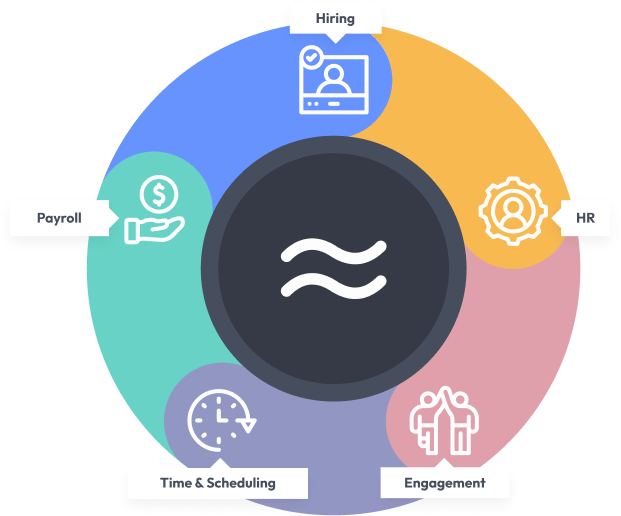How to Hire Tailors: A Practical Guide for Small Businesses
If you’ve ever tried to hire tailors for your shop, you know it’s not as easy as hanging a “Help Wanted” sign in the window. The world of clothing alterations staff is a unique one—equal parts artistry, technical skill, and a dash of customer service magic. So, how do you find tailors who can stitch up your staffing gaps and keep your business looking sharp? Let’s walk through the process, with a few digressions and real-world tips thrown in for good measure.
Understanding the Tailoring Talent Pool
Why Great Tailors Are Hard to Find
Let’s be honest: experienced tailors and seamstresses are in short supply, especially those who can juggle both custom work and fast-paced clothing alterations. According to industry research, turnover in skilled trades like tailoring is often driven by burnout, lack of growth, and, sometimes, just plain old boredom. The best tailors want more than a paycheck—they want respect, flexibility, and a sense of accomplishment. Sound familiar?
What Makes a Stellar Tailor Shop Staff?
Beyond nimble fingers and a keen eye for detail, your tailor shop staff needs to be reliable, personable, and able to handle the occasional “emergency wedding dress rescue.” If you ask me, patience should be listed right alongside sewing machine skills. For more on building a great team, check out these qualities of a good manager—because leadership matters, even in a small shop.
Recruiting and Attracting Top Tailoring Talent
Writing Job Descriptions That Stand Out
Let’s face it, “Wanted: Seamstress” isn’t going to cut it anymore. To recruit seamstress candidates who are a true fit, your job post should be as tailored as your services. Highlight what makes your shop unique—maybe it’s your flexible hours, your loyal customer base, or your commitment to ongoing training. For inspiration, check out these job posting examples designed for hourly workers.
- Be specific about required skills (e.g., hand-stitching, suit alterations, bridal work)
- Mention any perks—like employee discounts or paid training
- Include your shop’s personality; are you classic, quirky, or somewhere in between?
And don’t forget: calling out benefits can make all the difference. According to this DoorDash report, benefits are a top driver for recruiting and retaining hourly talent—even in fields outside food service.
Where to Find Tailors and Seamstresses
Old-school word of mouth still works, but digital is king these days. Post on specialized job boards, leverage local trade schools, and don’t be shy about using social media. Did you know you can hire on Instagram? It’s a great way to reach younger or more tech-savvy candidates. Also, consider reaching out to local sewing circles or community centers—sometimes the best talent is hiding in plain sight.
Screening and Interviewing Candidates
Let me explain: technical skills are just the start. You’ll want to assess cultural fit, reliability, and communication. Try these cultural fit interview questions to go beyond the resume. And for a deeper dive, these motivational interviewing techniques can help you spot candidates who are truly passionate about their craft.
Onboarding and Retaining Your Tailoring Team
Onboarding Done Right
First impressions matter—especially in a small business, where every hire counts. A smooth onboarding process sets the tone for a long-term relationship. Use digital tools like Workstream’s hiring automation to streamline paperwork, training, and scheduling. If you need a little structure, these onboarding templates can help you get started.
Keeping Tailors Engaged and Happy
Retention is the name of the game. According to the Michelin Guide, high turnover is a killer for service businesses. So, how do you keep your tailors from jumping ship?
- Offer flexible scheduling—because life doesn’t always fit a 9-to-5 pattern (see how Gap does it)
- Recognize good work, even if it’s just a heartfelt “thank you”
- Provide opportunities for learning new techniques or taking on creative projects
And don’t underestimate the power of a strong workplace culture. Research shows that job satisfaction is closely tied to retention—especially for younger workers.
Compliance, Pay, and Practical Considerations
Paying Your Tailors Fairly
Pay is a touchy subject, but it’s crucial. Compare your wages to industry standards using resources like this wage comparison guide. Remember, competitive pay isn’t just about the hourly rate—it’s about the whole package: benefits, flexibility, and respect.
Staying Compliant
Don’t get caught with your pants down—literally or figuratively. Keep up with recordkeeping requirements and make sure your clothing alterations staff are classified correctly. If you’re not sure, it’s worth consulting a payroll expert or using a platform like Workstream that bakes compliance into every step. Disclaimer: This isn’t legal advice, so always check with a professional if you’re unsure.
Scheduling and Managing Staff
Scheduling can be a headache, especially during prom and wedding season. Tools like this 24-hour schedule template can help you keep shifts covered without overworking your team. And if you want to go a step further, giving employees more control over their schedules can actually boost retention.
Final Thoughts: Stitching It All Together
Hiring and keeping great tailors is a bit like crafting a bespoke suit—it takes time, care, and a willingness to adjust as you go. Whether you’re looking to recruit seamstress talent for the first time or just want to strengthen your current tailor shop staff, remember: the right tools and a people-first attitude go a long way. Platforms like Workstream can help you automate the busywork so you can focus on building relationships—with both your team and your customers. And isn’t that what small business is all about?
For more tips on hiring and managing hourly staff, check out these resources:






